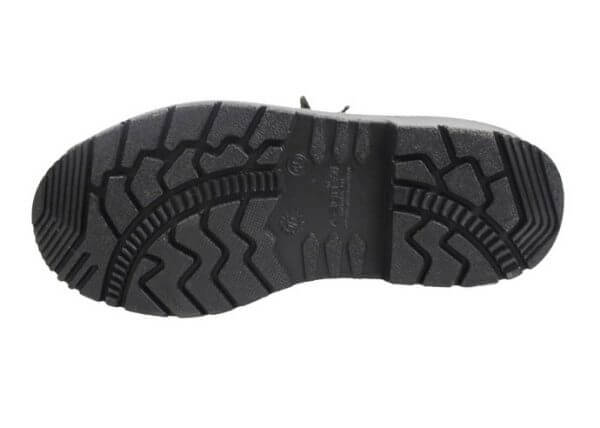In many workplaces, we all need to use safety shoes. In these occasions, some need anti-smashing, anti-puncture, some need anti-static and insulation, and some need anti-slip… Therefore, according to different working occasions, different safety shoes are needed, so different safety shoes will naturally You need to configure different soles.
Safety soles are also called outsoles, which can be simply classified according to the material: natural rubber or artificial synthetic rubber. Commonly used are all rubber, vulcanized rubber, or polyvinyl chloride. The sole function is mainly wear resistance, chemical corrosion resistance, heat insulation and oil resistance, but due to the different characteristics of the materials, the functions are also different.
What types of safety soles are there, and what types of soles are there
The midsole of safety shoes is equipped with a steel sheet to prevent the sole from being pierced by nails or hard objects. In addition, shoe soles made of certain materials can reduce the generation of static electricity or slow down the speed of static electricity discharge. This can control the possibility of explosion or fire caused by static electricity. In addition to the use of non-slip rubber soles, the design of the sole is also very important for the anti-slip function. The rubber sole not only has a good wear resistance function, but also has a good anti-slip function.
First. Natural rubber: The advantage of natural rubber is that it is very soft and extremely elastic. It is suitable for use in sports shoes of various sports, but the disadvantage is also very obvious, that is, it is very resistant to wear. Natural rubber is often used in indoor sports shoes.
Second. Artificial synthetic rubber is further divided into wear-resistant rubber, environmentally friendly rubber, air rubber, viscous rubber, hard rubber, and carbon rubber.
1. Wear-resistant rubber: Wear-resistant rubber has very good abrasion resistance and toughness, so it is very durable. This kind of rubber material is generally used on the outsole of tennis shoes.
2, environmentally friendly rubber: also known as recycled rubber, this rubber outsole contains up to 10% recycled rubber, the main purpose is to protect the environment.
3. Air rubber: The rubber contains air and has a certain shock absorption function, but it is not very wear-resistant and is not very versatile.
4. Viscous rubber: Viscous rubber is characterized by good flexibility and very slip resistant. It is generally used on indoor sports shoes.
5. Hard rubber: Hard rubber is the most comprehensive rubber in the outsole rubber material. It is tough, non-slip and very wear-resistant, and it has a wide range of uses. Multifunctional shoes and basketball shoes mostly use this kind of rubber to make outsoles.
6. Carbon rubber: Carbon elements are added to ordinary rubber materials to make the rubber more tough and wear-resistant. Most running shoes use this kind of rubber, and there will be a BRS letter mark on the back sole of the running shoe sole to indicate The outsole uses carbonized rubber.
Third. Glue the outsole: This kind of outsole is not common. The raw material of this kind of bottom is industrial glue. It is stirred by a mixer and then can be heated into the mold to form it. It is soft and very non-slip.





